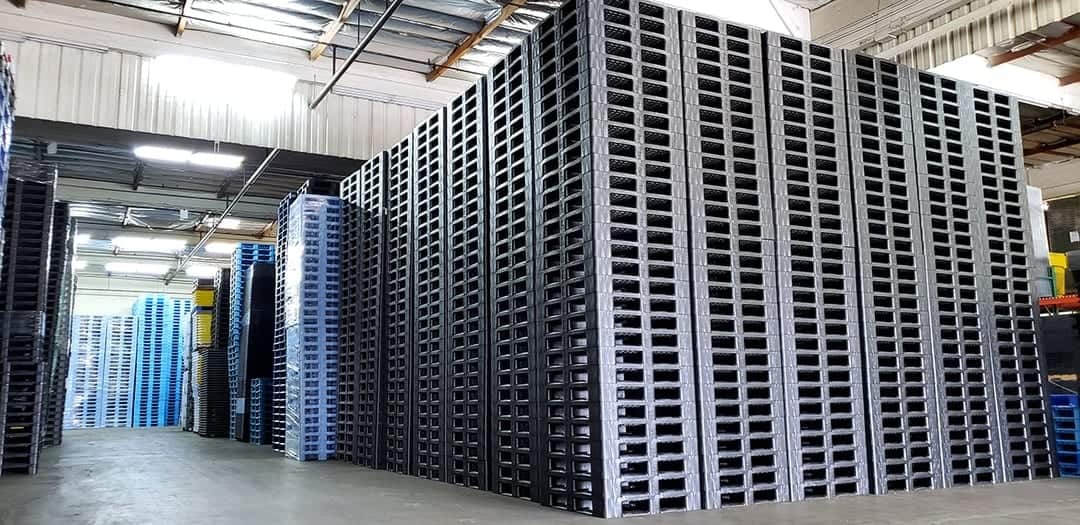
popular industries & Uses
Madera, CA 93637
Salt Lake City, UT 84104
Hazelwood, MO 63042
Stone Mountain. GA 30083

This is Part 1 of “Why All Plastic Pallets Are Not Created Equal,” where we walk you through the ins and outs of plastic pallets, and arm you with the information you need before you make your next pallet purchase!
To make things simple we usually ask our customers a basic question:
Will they be shipping their pallets away, never to be seen again, or will they be reusing their pallets over and over?
We ask this question immediately to determine if our customers are purchasing an expense for their business, or an asset. Here we’ll walk you through pallets as an expense, and in part 2 we’ll cover pallets as an asset.


When a customer ships a pallet never to be seen again, the pallet is considered an expense. An operation usually bakes the cost of the pallet into the cost of the goods being sold, and the pallet expense is transferred to their customer.
In our competitive global market, transfer costs like this must be as competitive as possible, so the cheaper the pallet the better. Companies might decide to give this cost away, making it a zero transfer cost, while others might decide to add a margin to the pallet, making it an actual profit center.
Regardless of what our customer is doing, the pallet serves as a means to ship product from point A to point B. The performance characteristics required for the pallet are to maintain weight capacity in a rigid structure that will protect the product during transit. And the goal is to accomplish all of this at the lowest cost possible, so that the expense and the transfer cost are minimized.
An important distinction to make here is that single use plastic pallets are usually demanded from customers down the supply chain. Often times our customers would rather ship on wood pallets, but their customers ask for plastic.
We have many names for this type of pallet and they include shipping pallets, export pallets, one-way pallets, consumable pallets, and so on. The plastic material, design and manufacturing process for these pallets make them good solutions for their intended application.
Go to Part 2 in this series. Here we cover plastic pallets as an asset!